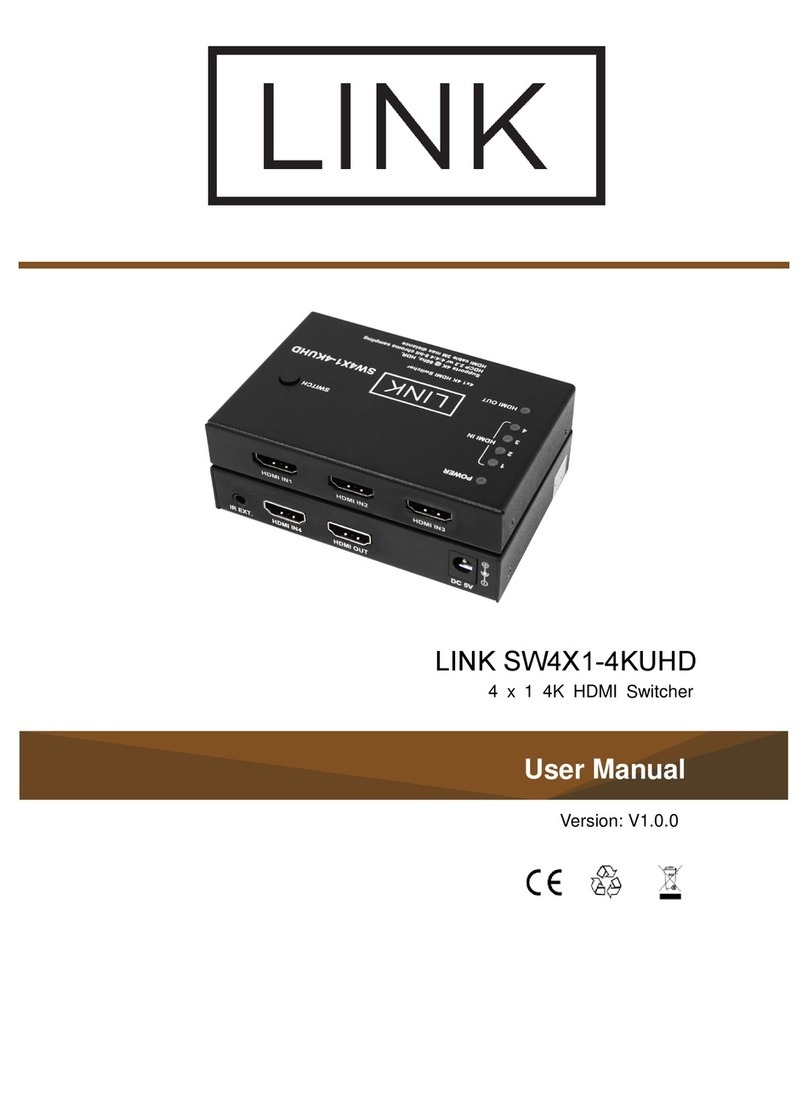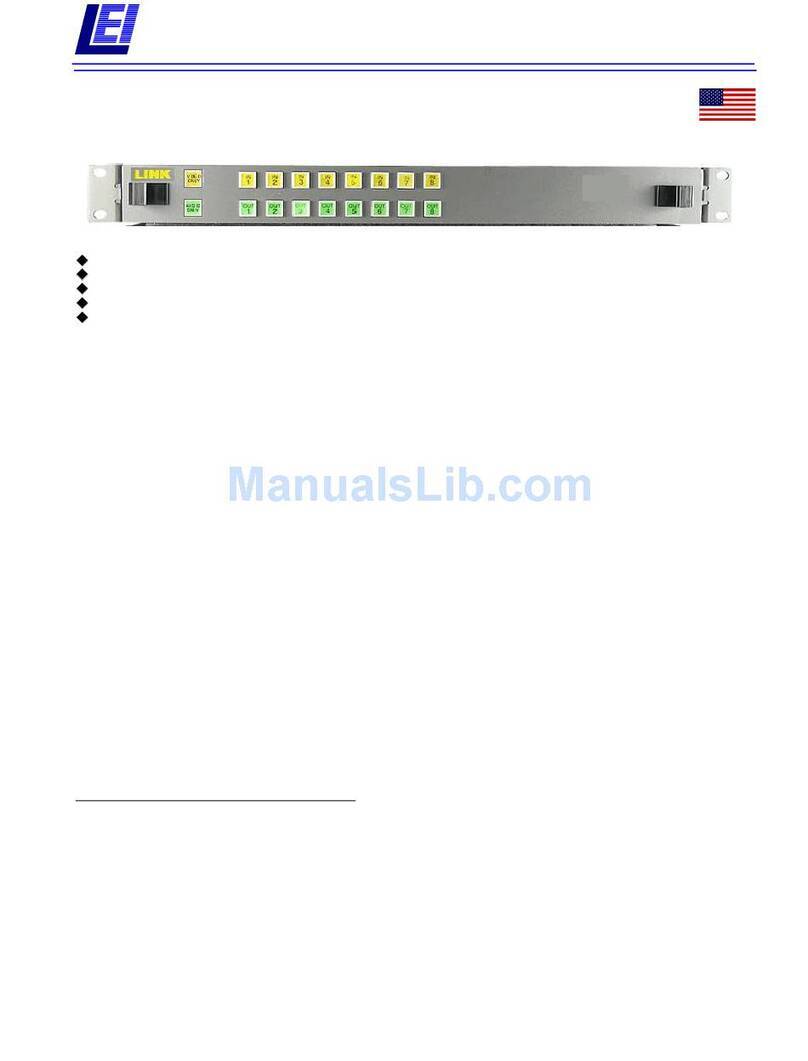
Doc #: L-2600-1023 Page 2 Rev. 02
3.6.3 OIT Info Screen ................................................................................................................ 54
3.6.4 Event Log.......................................................................................................................... 54
4CONFIGURATION.......................................................................................................................... 55
4.1 The Main Configuration Screen................................................................................................. 55
4.2 The General Settings Configuration screen ............................................................................... 55
4.2.1 Allow Speed Advanced Outputs....................................................................................... 55
4.2.2 Machine Running Timeout ............................................................................................... 55
4.2.3 Setup Mode Input.............................................................................................................. 56
4.2.4 Log External Stops............................................................................................................ 56
4.2.5 Inhibit Asserts Top Stop ................................................................................................... 56
4.2.6 Top of Stroke Angle.......................................................................................................... 56
4.3 Encoder Settings Configuration Screen ..................................................................................... 57
4.3.1 Trigger Mode .................................................................................................................... 57
4.3.2 Encoder Offset .................................................................................................................. 57
4.3.3 Encoder Reversed ............................................................................................................. 57
4.3.4 Crankshaft Hysteresis ....................................................................................................... 57
4.4 RUN (Clutch/Brake) Input Settings Configuration Screen........................................................ 57
4.4.1 Engagement Time Limit................................................................................................... 58
4.4.2 Motion Threshold.............................................................................................................. 59
4.4.3 Loss of Motion Time ........................................................................................................ 59
4.5 Bypass Settings Configuration Screen....................................................................................... 60
4.5.1 Limited Bypass Maximum Strokes and Maximum Time................................................. 60
4.5.2 System Bypass Allowed ................................................................................................... 60
4.5.3 Auto Unbypass When Switching to Production Mode..................................................... 60
4.6 Editing the Die Protection Name List........................................................................................ 61
4.7 Editing the Limit Switch Name List .......................................................................................... 61
4.8 Restricting and Unrestricting Die Protection Channels ............................................................. 62
4.9 Restricting and Unrestricting Limit Switch Channels................................................................ 62
4.10 Output Relays Configuration.................................................................................................. 63
4.11 Operator Terminal Configuration........................................................................................... 65
4.11.1 Top Area Display.............................................................................................................. 65
4.11.2 Rod Length and Stroke Length......................................................................................... 65
4.11.3 Setting the Date and Time................................................................................................. 66
4.11.4 Access Configuration........................................................................................................ 66
4.11.5 Configure Auxiliary Communications.............................................................................. 69
5JOB SETUPS.................................................................................................................................... 70
5.1 Store Setup ................................................................................................................................. 70
5.2 Recall Setup................................................................................................................................ 71
5.3 Erase Setup................................................................................................................................. 71
5.4 Data Storage............................................................................................................................... 72
5.5 New Die Installation................................................................................................................... 72
6BACKING UP AND RESTORING THE SYSTEM 2600............................................................... 73
6.1 Backup Procedure ...................................................................................................................... 73
6.2 Restore Procedure ...................................................................................................................... 74
6.3 Memory Swap-out Procedure..................................................................................................... 76
7INSTALLATION ............................................................................................................................. 77
7.1 Preliminary Installation Considerations..................................................................................... 77
7.2 Mounting the System 2600 ........................................................................................................ 78





























